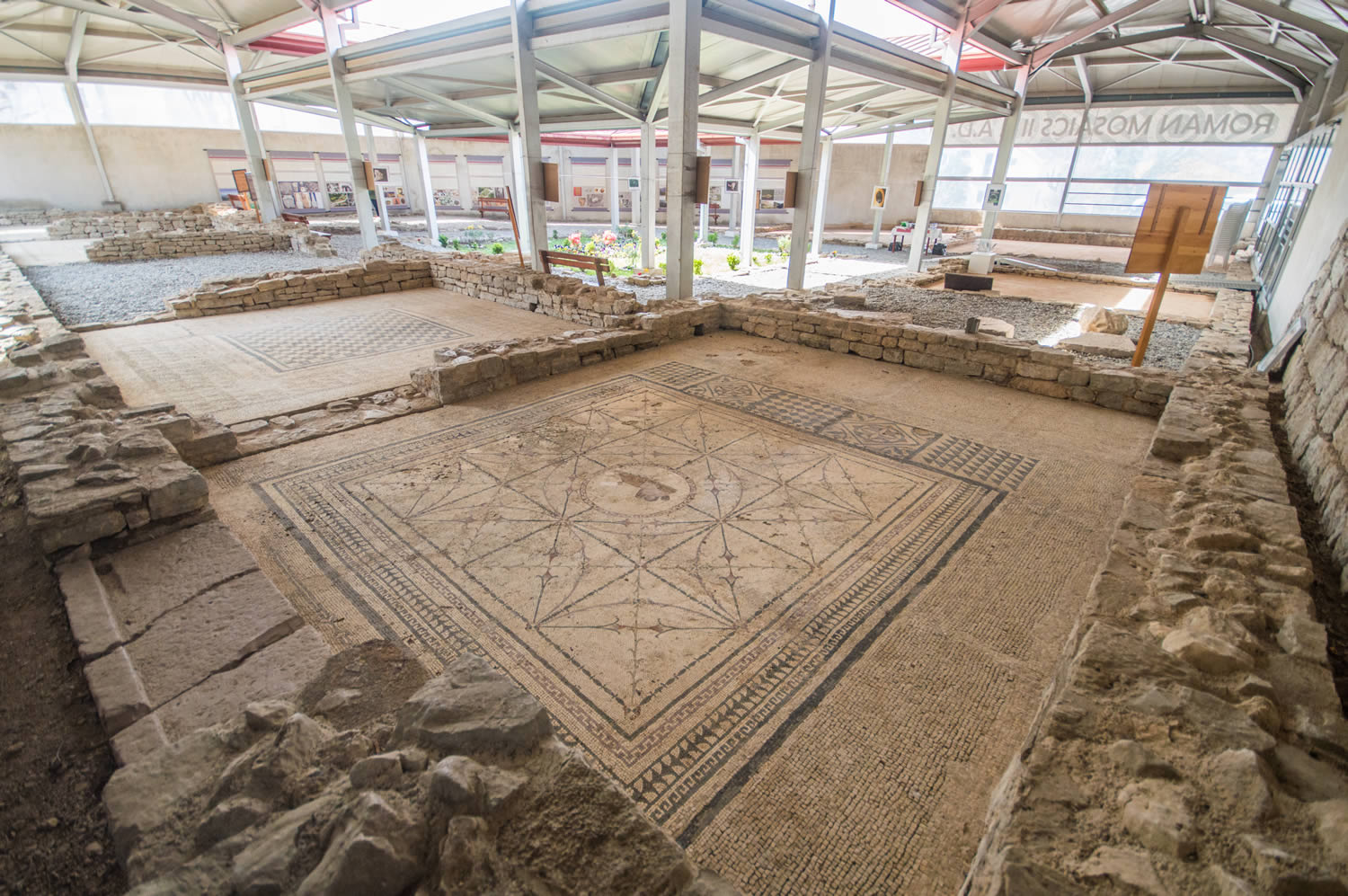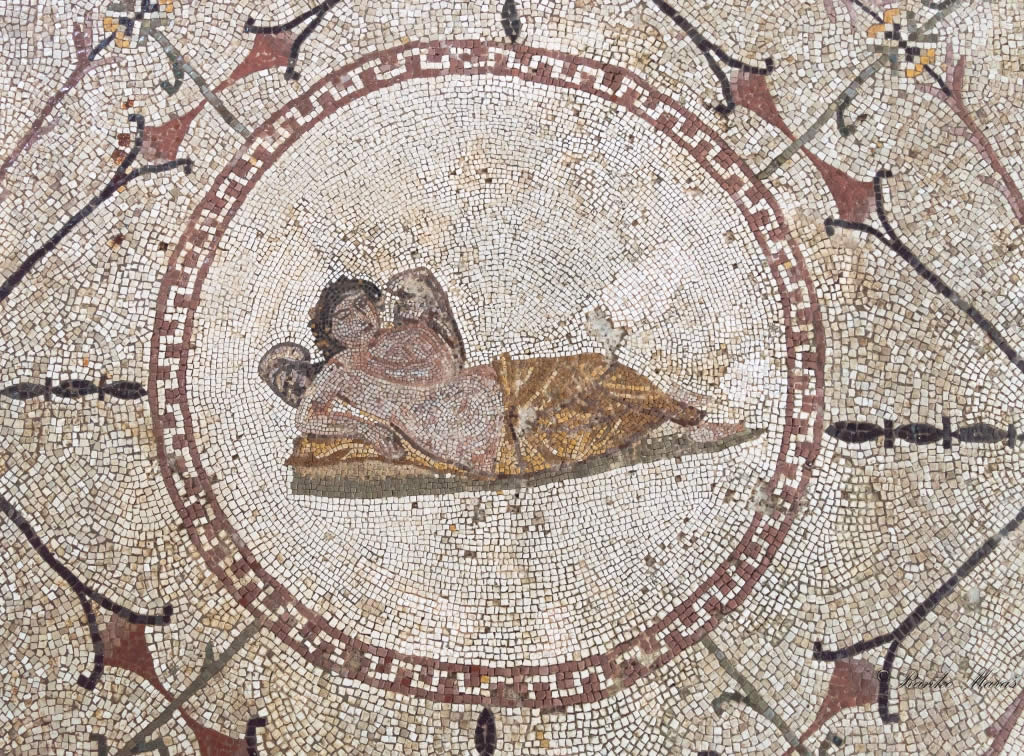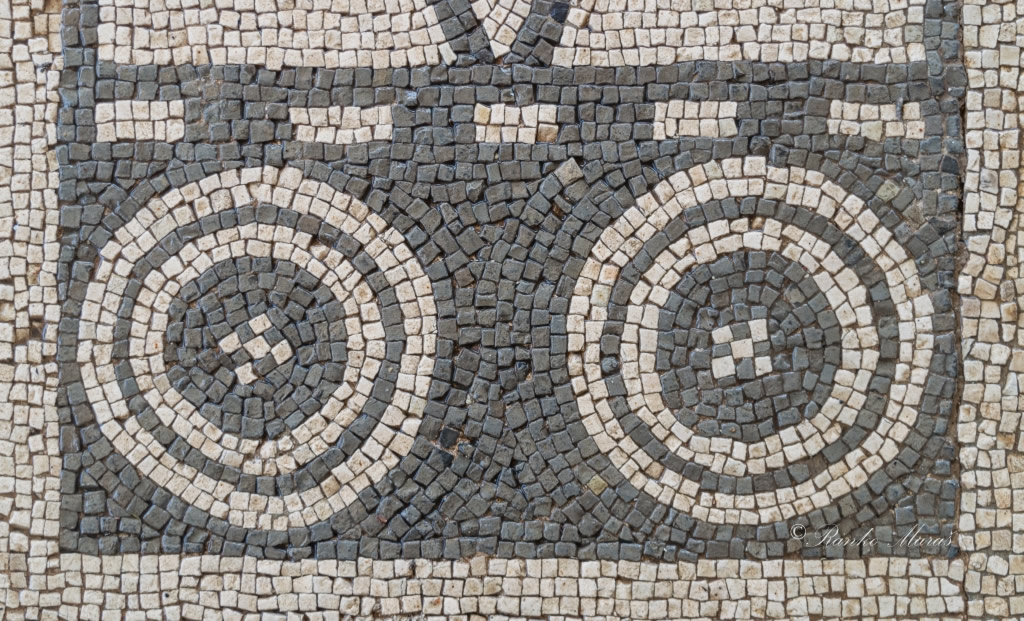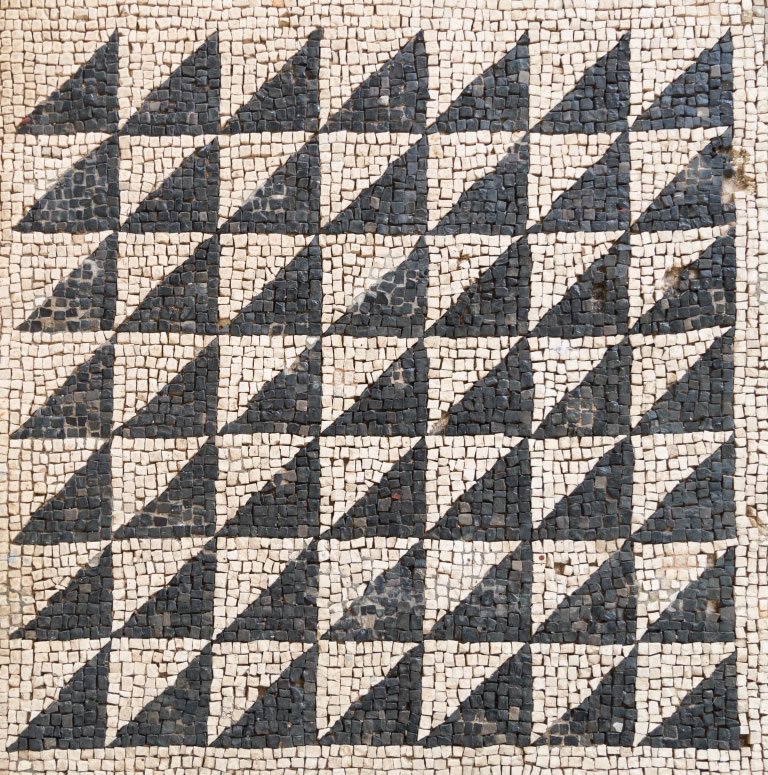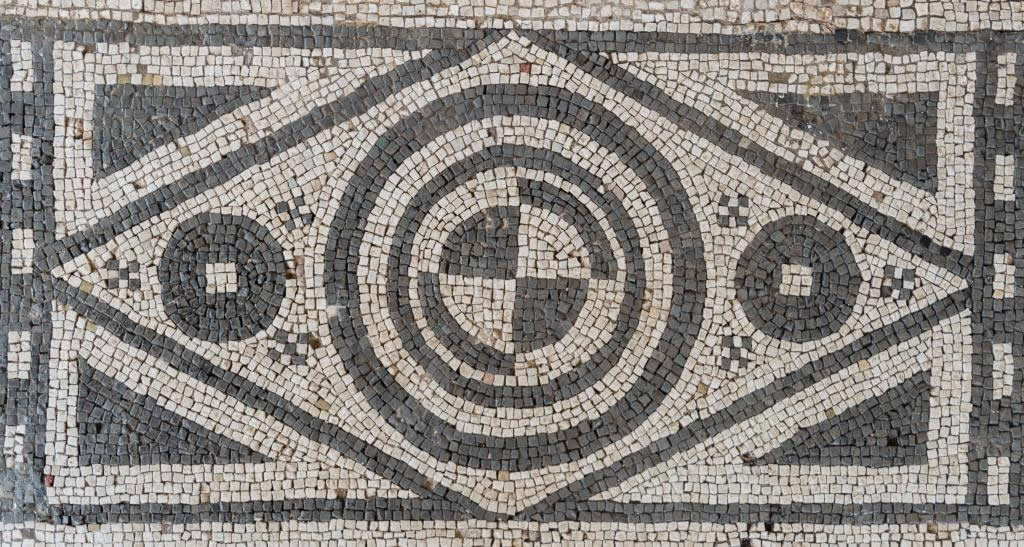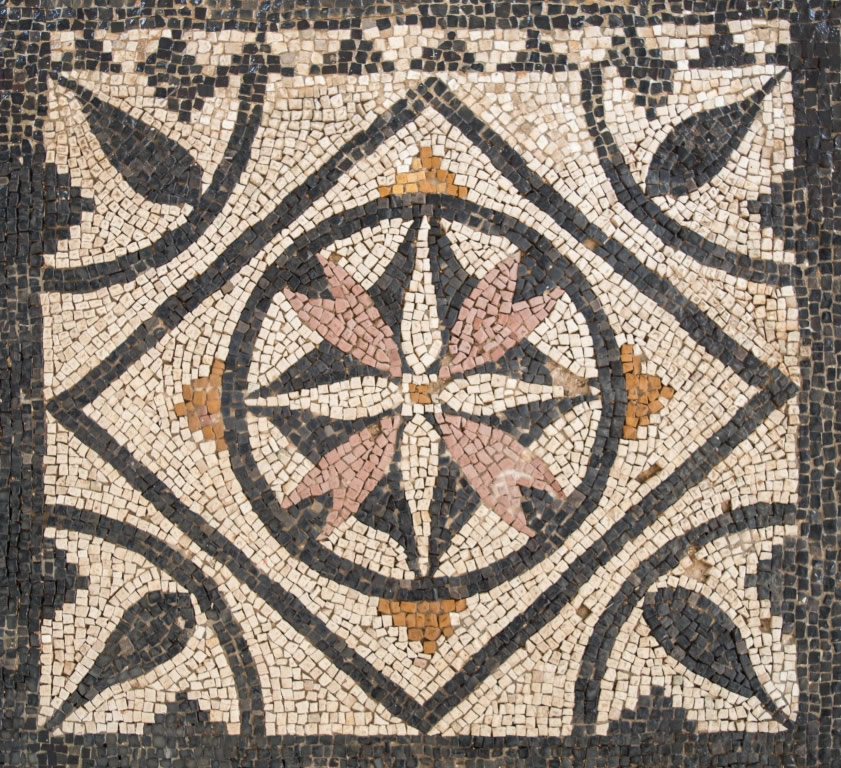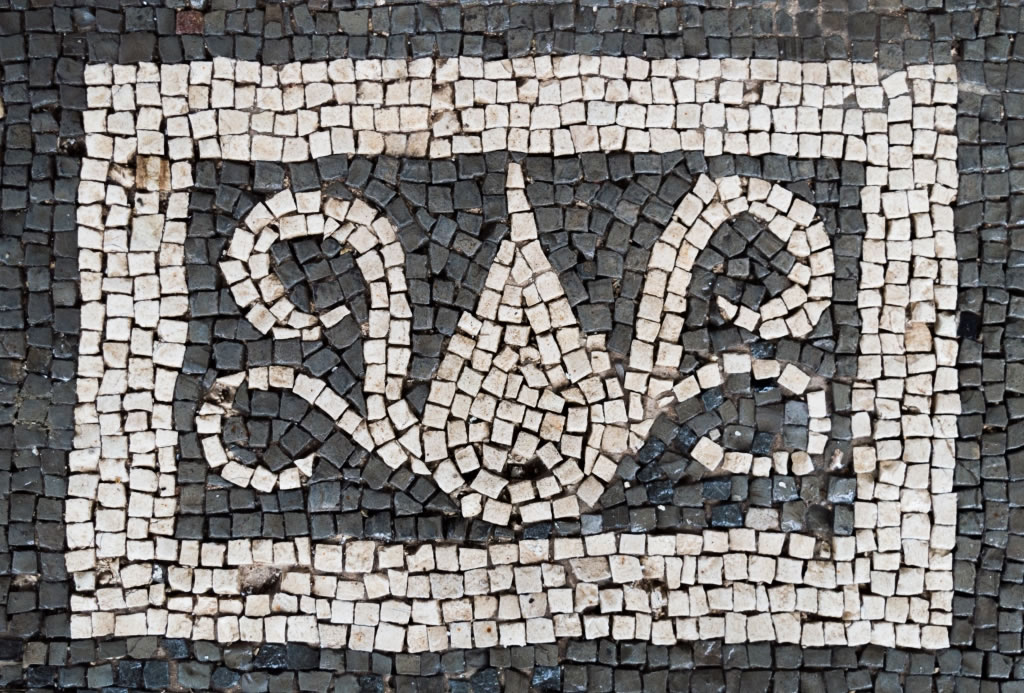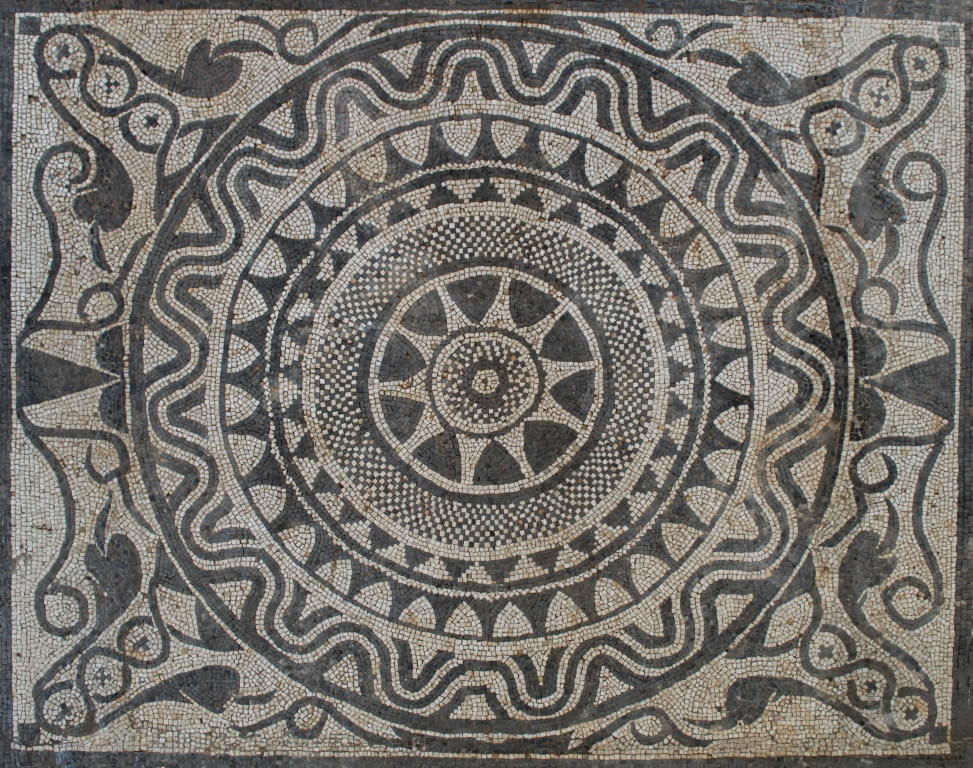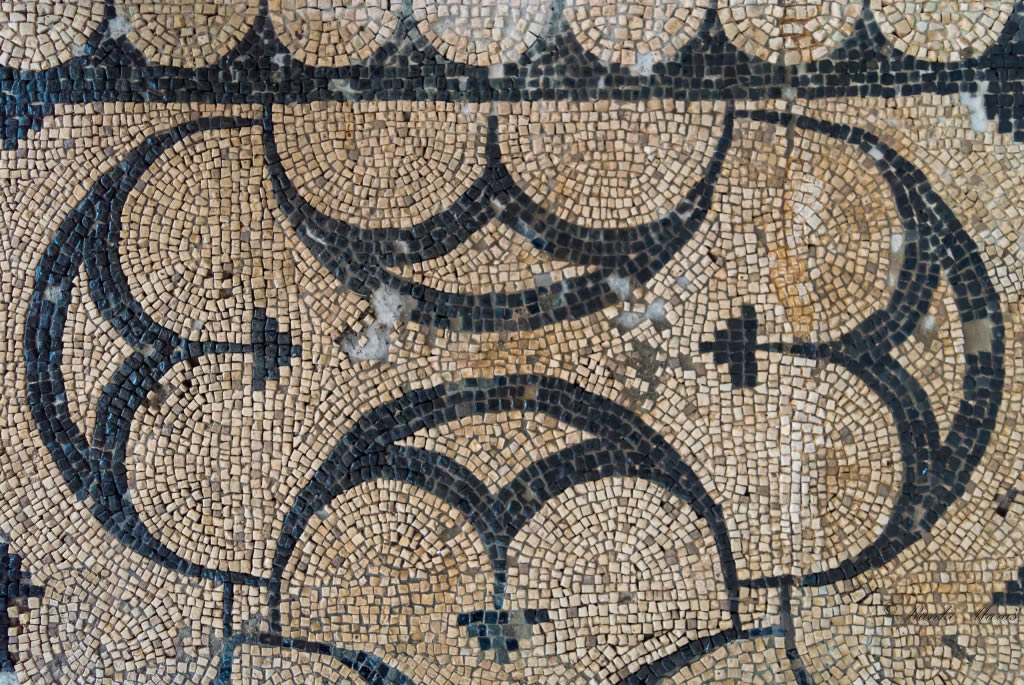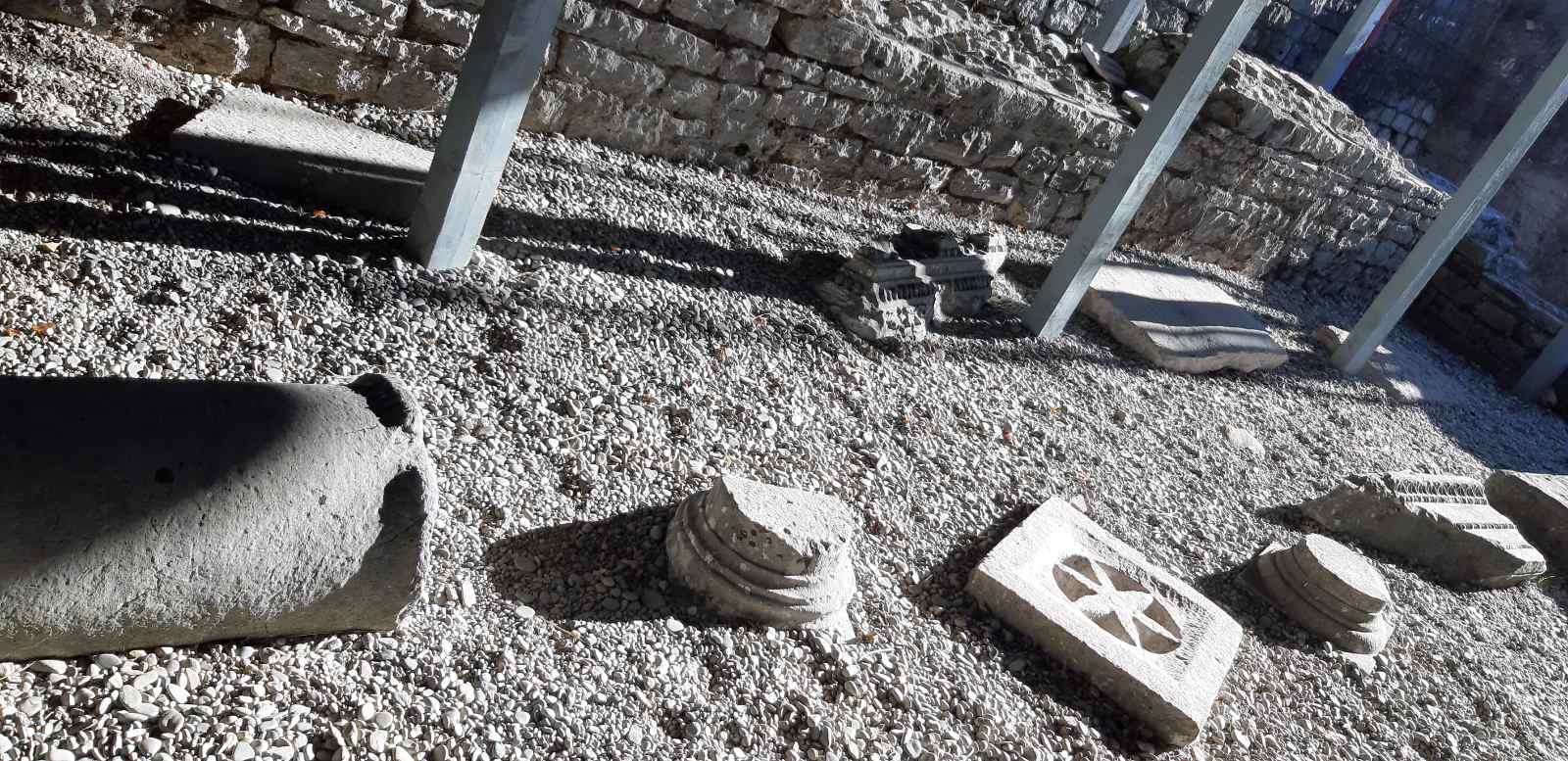Illyricum, the Roman province, so named by the decree of the Roman Senate in 27 BC, encompassed all the Illyrian territories that stretched from the Adriatic Sea to the Morava river and from the Danube river to Epirus in Greece. As the local populations resisted their invaders, the beginning of Romanisation in these areas was hard endevour. The Romans first set out from the shores of the Adriatic (in those days known as Mare Nostrum or Our Sea) where they later resettled war veterans and other deserving citizens from their empire.
Rhisinium (Latin transcription of Rizon) at that time had the status of “oppidum civium romanorum”, which means that it was a fortified urban-type settlement whose inhabitants received the rights of Roman citizens. As early as the time of the Illyrian king Gentius, a decree established that the Rizonites, the inhabitants of Rizon, were free citizens and did not pay taxes. At the beginning of Romanisation, efforts were made to change the ethnic structure of the population and its customs, the indigenous population were given the same rights as the newly settled Roman citizens. The newly conquered city flourished in the 1st and 2nd centuries AD, this period coincides with the time of the greatest rise of the Roman Empire.
The Roman Mosaics archeological site in Risan is of outstanding importance from the Roman period. Within the complex are the remains of a villa and it’s floor mosaics dating from the 2nd century AD. This villa was a “villa urbana” a type of a city villa which stood out for its beauty, especially the floor mosaics, and is considered a representative example of Roman provincial architecture in this part of the Adriatic. The villa was discovered in 1930 by Dusan Vuksan, the then director of the State Museum in Cetinje. Considering that the ancient city was located on the right bank of the river Spila, and according to the configuration of the terrain that changed over the centuries due to earthquakes, he came to the conclusion that the Roman city could have previously been located on the left bank of the river, stretching all the way to a cape called Rtac, where there could have been a number of monumental buildings.
In Pjescina, at the start of the old Risan – Grahovo road, he started researching and made some significant discoveries, but due to the circumstances before the Second World War, the archeological site was buried. During the Italian occupation in 1942, the Italian archaeologist Dr. Valenti excavated the Risan mosaics, but soon buried them again without prior protection, which is why they were damaged. Work on the site started again in 1956 and lasted until 1960.
Risan Mosaics is a complex of 790m2. The villa is rectangular and has symmetrically arranged rooms. The central space is also rectangular and separated by a corridor around which are also rectangular, interconnected rooms.
The floors of the rooms are decorated with mosaics. The most beautiful is the one with the representation of the god Hypnos, the base of which is a small white mosaic interspersed with geometric motifs symmetrically arranged (circles, rhombuses, triangles), and inside some of them there are drawn circles with an eight-leaf rosette in the middle. The central field of 16 pieces is diagonally intersected by stylized floral decoration in white, green, blue, red and black. The medallion in the middle, bordered by black tesselles, depicts the Greco-Roman god of sleep Hypnos. He is depicted as a half-naked young man in a reclined position with his legs crossed. Folded wings can be seen behind both shoulders. The cult of Hypnos originated in Greek mythology and is presented as a handsome young man who touches the eyes of tired people and puts them to sleep with a twig dipped in the river of oblivion.
Other rooms do not have human representations on their mosaics and are decorated exclusively with geometric and floral motifs.

